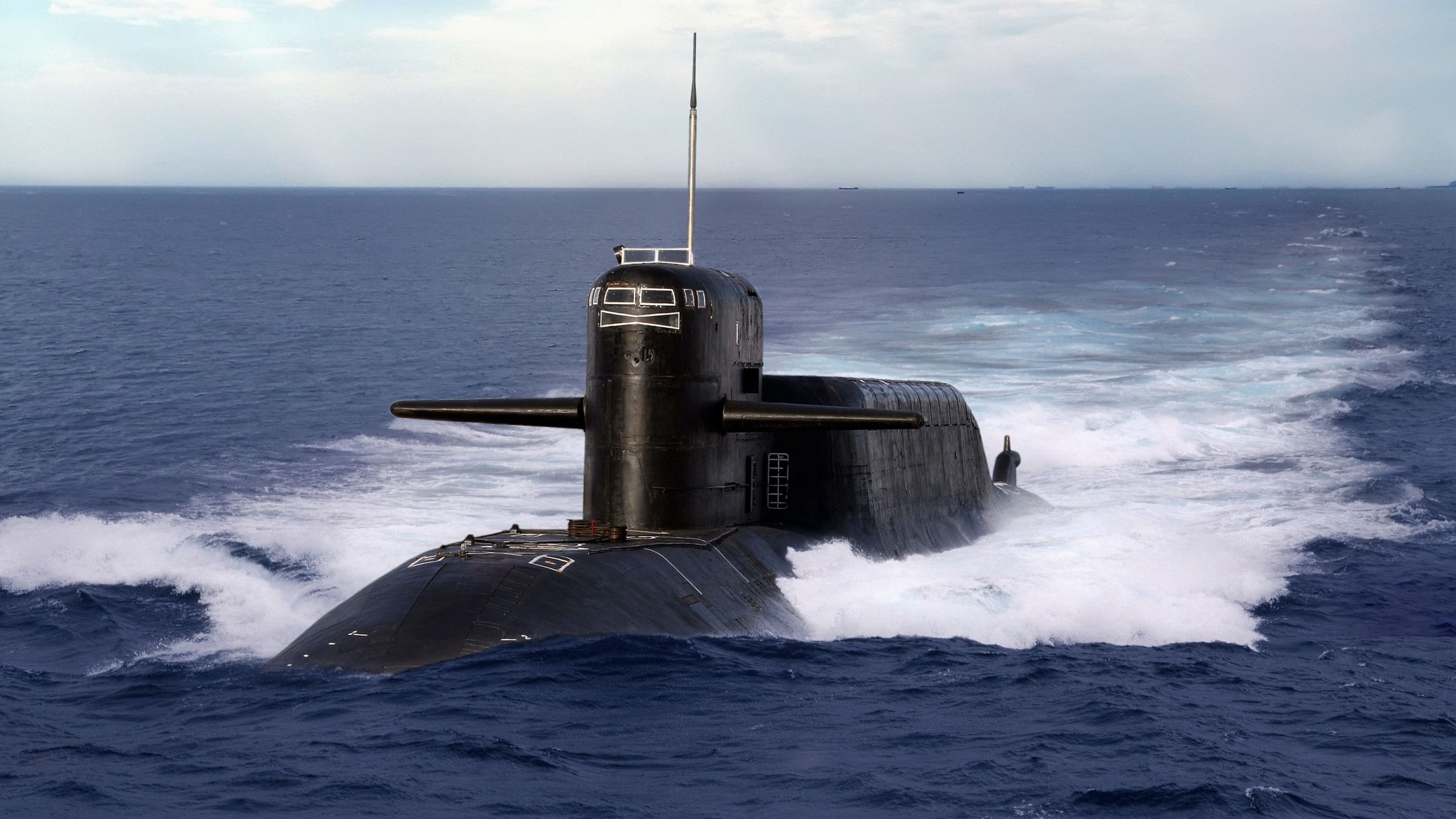
An image of a submarine. For representational purposes.
Credit: iStock Photo
With Elon Musk launching more and more Starlink satellites, China has reportedly devised a way to disable the billionaire's constellation if Beijing's national security were to be threatened.
According to a report by South China Morning Post, scientists from the People's Liberation Army (PLA) have released a study, detailing how Chinese submarines equipped with lasers could take down Starlink satellites.
The study, led by Wang Dan, a professor at China's Naval Submarine Academy, was published in the peer-reviewed Chinese journal, Command Control & Simulation, last month.
The study noted that the challenge wasn't hitting the satellites, but remaining hidden after a strike.
To that end, it proposed that Chinese submarines equipped with a megawatt-class, solid-state, laser weapon could stay submerged while raising a retractable, “optoelectronic mast” to fire at Musk's satellites, essentially remaining hidden.
"Currently, the primary means of anti-satellite operations relies on ground-to-air missiles, but this approach has certain issues, mainly in terms of concealment," Wang and her colleagues wrote in the study, explaining how missile launches leave trails of smoke that could expose the attacker's location.
"Submarine-based laser weapons can solve these issues," the study asserted, detailing a step-by-step guide to attack a Starlink-like satellite.
"First, one or several submarines equipped with laser weapons are deployed to the sea area where the operation is to be conducted. They enter the target sea area according to the command instructions and wait for the satellites to come within their attack range. The time to raise the laser weapon is determined based on the previously acquired satellite overhead time," it explained.
"When the satellite enters the attackable range, the laser weapon is raised. Due to the limitations of the submarine’s detection equipment, other forces are required to provide satellite position guidance for the submarine to attack the satellite. After the attack is completed, the submarine can submerge and wait for the next mission or return to the home port," the study added.
It further noted that such laser-equipped submarines could be "mass-produced" in the future and deployed to various areas of operations to counter military threats to Beijing.
As of last month, China had more than 900 satellites in orbit. The US, meanwhile, has seven times that number, with many of them being part of the Starlink constellation.